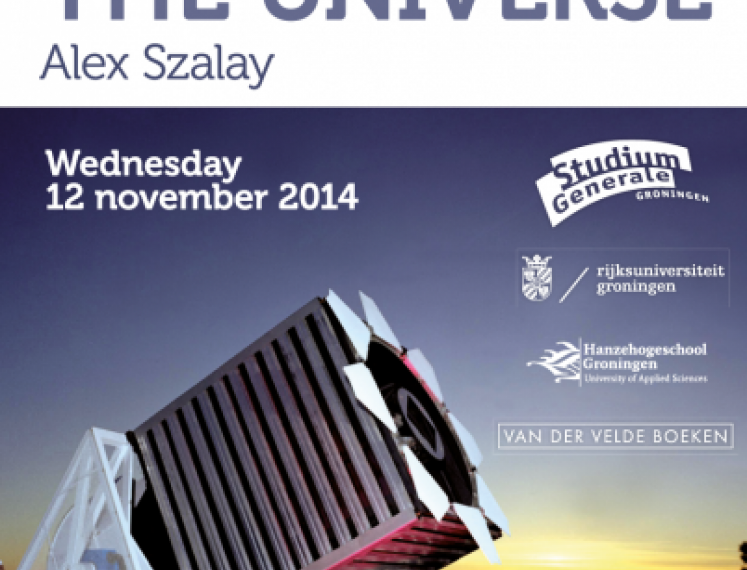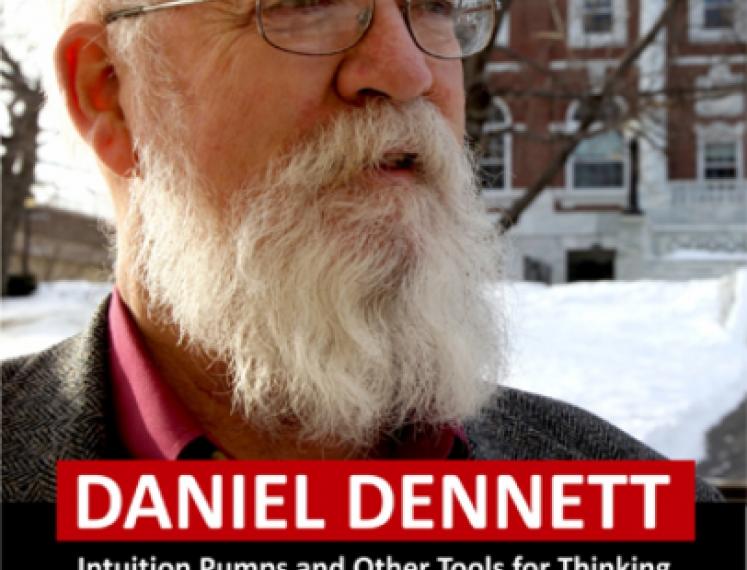
Archief
Thema
Blaauw Lecture 2014
English
Locatie
Doopsgezinde Kerk
Oude Boteringestraat 33
Groningen
Nederland
Tickets
Admission free
Mapping the Universe
Alex Szalay
Mapping the universe is like a “Cosmic Genome Project”, the survey that mapped the structure of the nearby Universe took over 16 years. The resulting data set is much larger and richer than had originally been foreseen.
Over the past decades, astronomers have been making detailed maps of the nearby Universe. These efforts have produced new two- and three-dimensional maps of the Universe, in unprecedented detail and resolution, over ever larger volumes of the cosmos, and over many different wavelengths.
Over the past decades, astronomers have been making detailed maps of the nearby Universe. These efforts have produced new two- and three-dimensional maps of the Universe, in unprecedented detail and resolution, over ever larger volumes of the cosmos, and over many different wavelengths.
These large sky surveys are huge projects, representing major logistic and material challenges, which are transforming the face of astronomy. The most extensive survey being the Sloan Digital Sky Survey. The SDSS survey mapped the structure of the nearby Universe over nearly a quarter of the sky. It has been a milestone for our understanding of the cosmos, a true "Cosmic Genome Project". The survey took 16 years from its conception. The resulting data set is much larger and richer than had originally been foreseen. Unexpected scientific insights were opened up by the survey, enabling major discoveries into the properties of the Universe. Today many other areas of science are following the same path, creating data sets of unprecedented size and complexity, and making them publicly available for further analyses. How has this process set a new scientific paradigm?
Alex Szalay is the Alumni Centennial Professor of Astronomy at the Johns Hopkins University in Baltimore, USA, Professor in the Department of Computer Science and the Director of the Institute for Data Intensive Science, as well as professor at the Eotvos University in Budapest. He is a fellow of the American Academy of Arts and Sciences, and member of the Hungarian Academy of Sciences. In 2008 he became Doctor Honoris Causa of the Eotvos University, Budapest. In 2004 he received an Alexander Von Humboldt Award in Physical Sciences and a Microsoft Award for Technical Computing in 2008.
Alex Szalay was born and educated in Hungary. He was author of many fundamental papers on the formation of structure in the Universe and on the nature of dark matter in the Universe. For the latter, he introduced the concepts of hot, cold and warm dark matter. He is most widely known for his seminal role in assuring the success of the Sloan Digital Sky Survey. He introduced state-of-the-art techniques and methods in setting up the database of the survey, one of astronomy's key sources of information on stars and galaxies.
His interests also reach outside of astronomy. In addition to his work in computer science, centering around big databases, he e.g. also contributed to environmental science and to the physics of turbulence. And, in his student days in Hungary in the 1970s, he was one of the leading guitarists of Panta Rhei, Hungary's foremost rock band.
The Kapteyn Astronomical Institute organizes the yearly the Blaauw lecture. This is a lecture by an internationally renowned astronomer which everyone, including the general public, can attend. The Blaauw chair and Blaauw lecture were initiated in 1997 as one of six visiting professorships in the Faculty of Mathematics and Natural Sciences.


